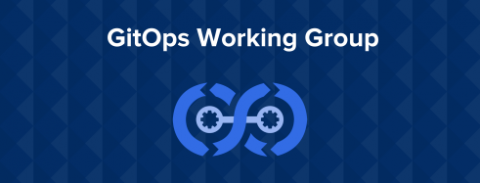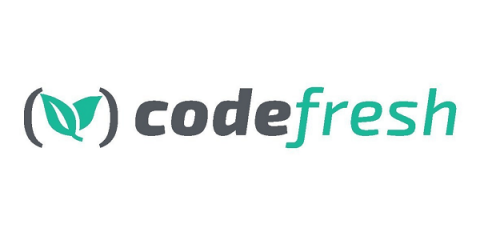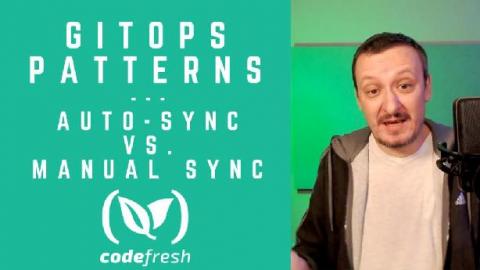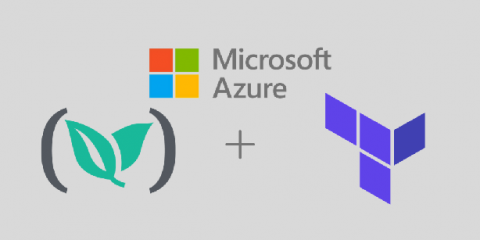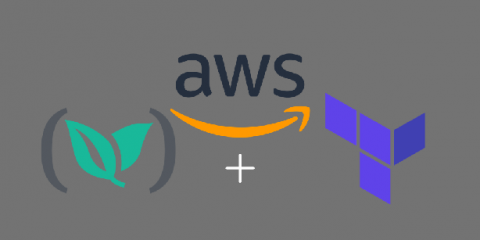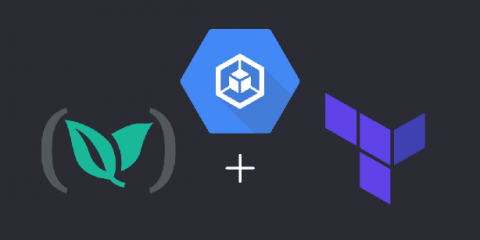Announcing the GitOps Working Group
Today Amazon, Codefresh, GitHub, Microsoft, and Weaveworks are announcing the creation of the GitOps Working Group. This will be an open CNCF community project created inside the CNCF fluxcd GitHub organization as the initial venue for collaboration and open governance.


